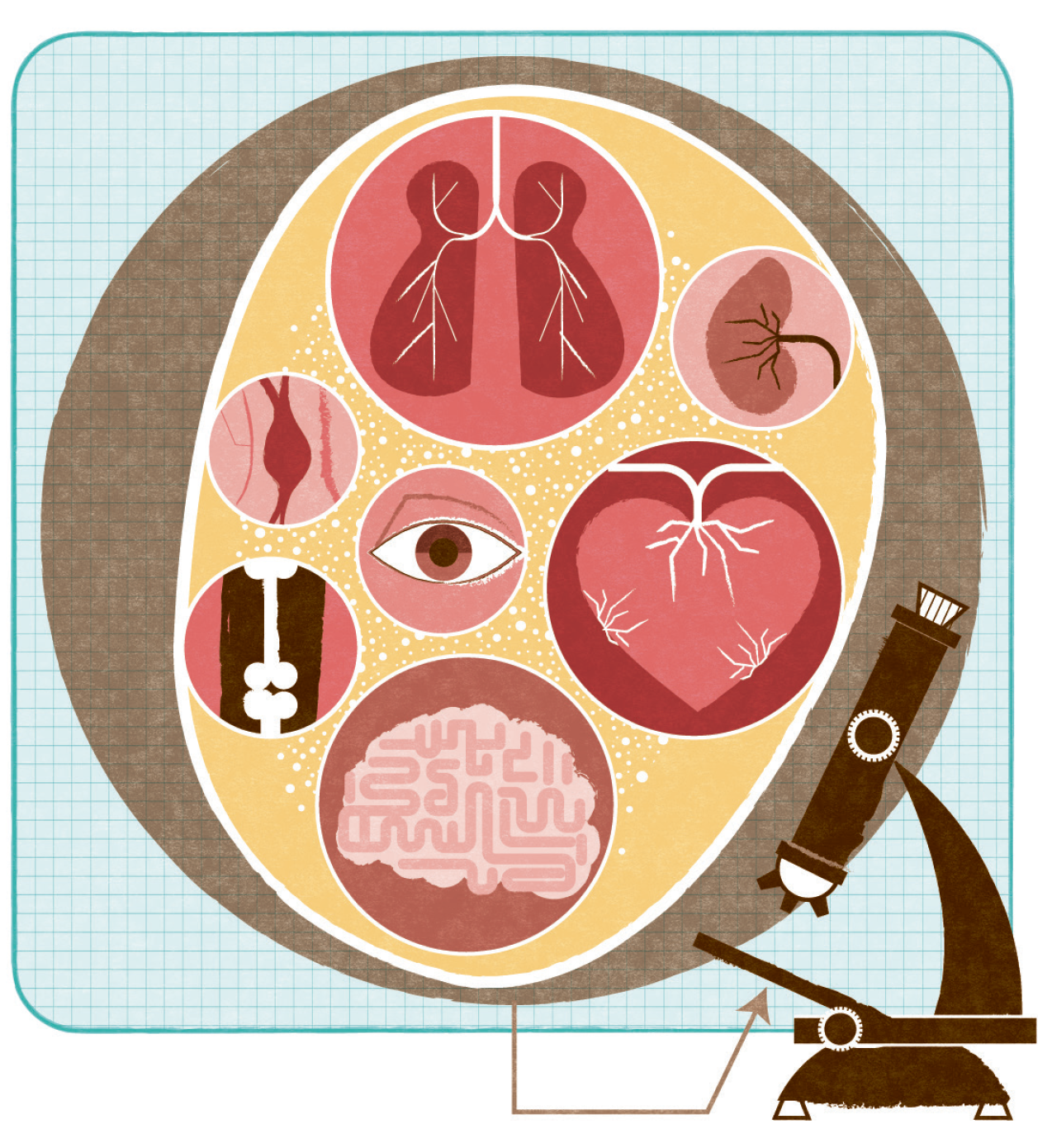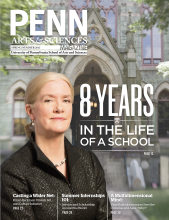The National Institutes of Health have issued a five-year, $10 million grant to Junhyong Kim, Edmund J. and Louise W. Kahn Endowed Term Professor of Biology, and his collaborator, James Eberwine, Elmer Holmes Bobst Professor of Pharmacology at the Perelman School of Medicine. The grant is part of an NIH-wide initiative to study single-cell biology in human cells by an interdisciplinary team that also includes Penn Medicine’s Sean Grady, Charles Harrison Frazier Professor of Neurosurgery, and Jai-Yoon Sul, Research Assistant Professor of Pharmacology, as well as external collaborators Bernhard Kuhn of Harvard and Tamas Bartfai of the Scripps Research Institute.
The grant is unusual in that it was made at the discretion of the NIH’s central director’s office, which has its own budget to fund areas it believes are especially exciting or important. New advances in technology have only recently made it possible to study individual cells. According to Kim, our bodies each have about 100 trillion cells, but how many kinds is unknown. “Your skin looks different from your eyes, looks different from your hair, and so on, but we don’t really know how many different types of cells there are.” On top of that, we tend to assume all cells within a type are the same. However, we can tell just from looking at skin with and without age spots, for example, that cells of the same type are not identical—but we don’t know how they differ.
The question goes beyond age spots. “When we look at neurodegenerative brain diseases like Alzheimer’s, we know that cells start to degenerate, and you see dysfunction of the brain,” says Kim. “But it’s not like everything goes at the same time. If we can understand why this variability exists, then maybe that will also help us understand how to prevent that kind of degeneration.”
Right now, the best way to differentiate cells is to measure messenger RNA, an approach that is possible thanks partly to pioneering techniques developed by Eberwine. A single cell contains about one picogram of messenger RNA. “One gram is about a thimbleful of water,” says Kim. “So the messenger RNA in a single cell is one trillionth of that amount.” A computational biologist, Kim then works with the data. “When we sequence the RNA for a single cell, we generate about 50 gigabases of data, the equivalent of about one-fifth of a standard hard drive,” he says. “We have to go through a lot of computation and analysis just to put it into a form that people can look at and understand.” He then uses statistical modeling to identify differences between the data, and then system-level modeling to put the whole picture together, “to say, because this gene is changing, that leads to this difference, and so on.”
The Penn scientists are using electrically excitable cells from the brain and heart, taken from a minute amount of tissue removed in the course of routine surgery. Heart cells are of particular interest because they have different degrees of regenerative capacities, which decrease as we grow older. After a heart attack, heart tissue dies, leaving dysfunctional scar tissue. “It is now known, however, that very small portions of even adult hearts cells can regenerate,” says Kim. “So again there’s heterogeneity in how cells respond, and if we can figure out which ones regenerate and which ones don’t, then that has a lot of clinical potential.”




